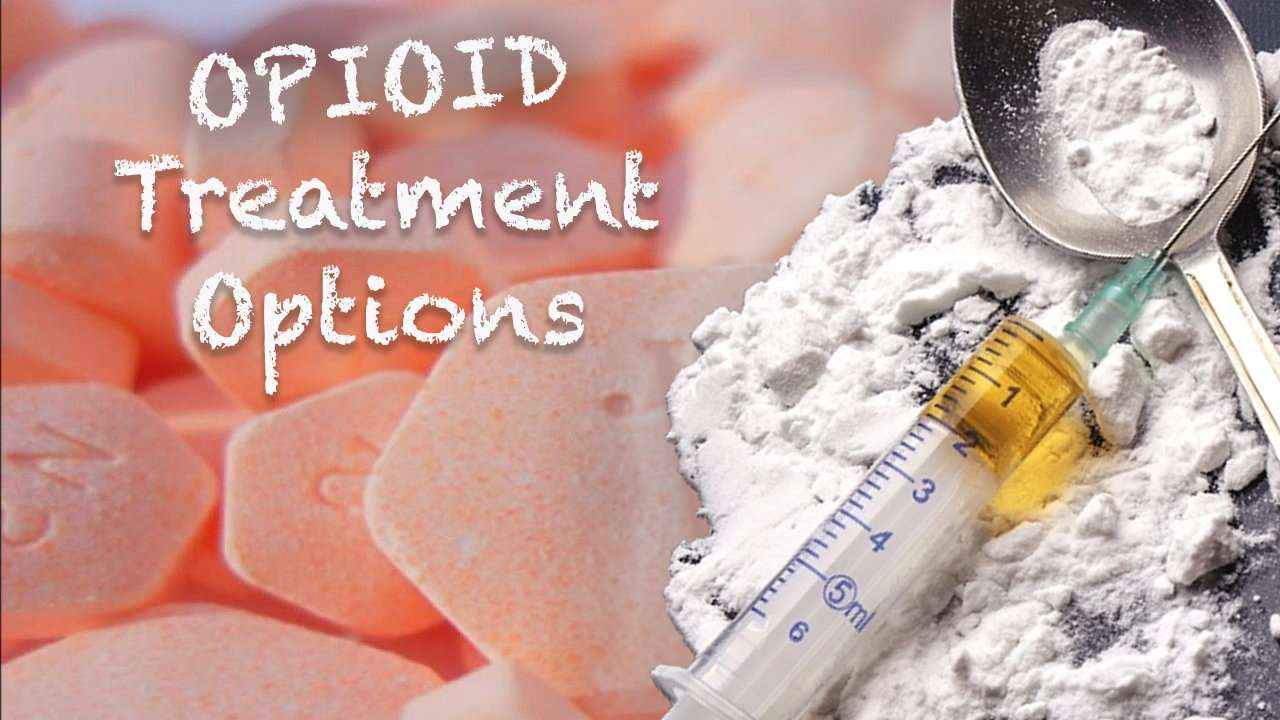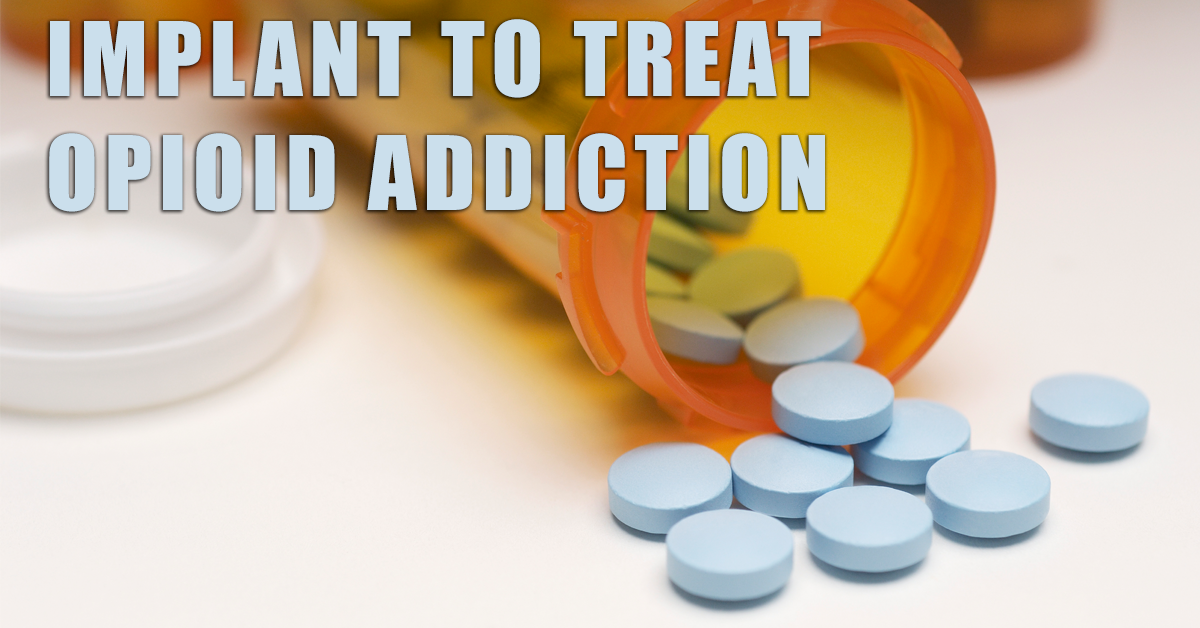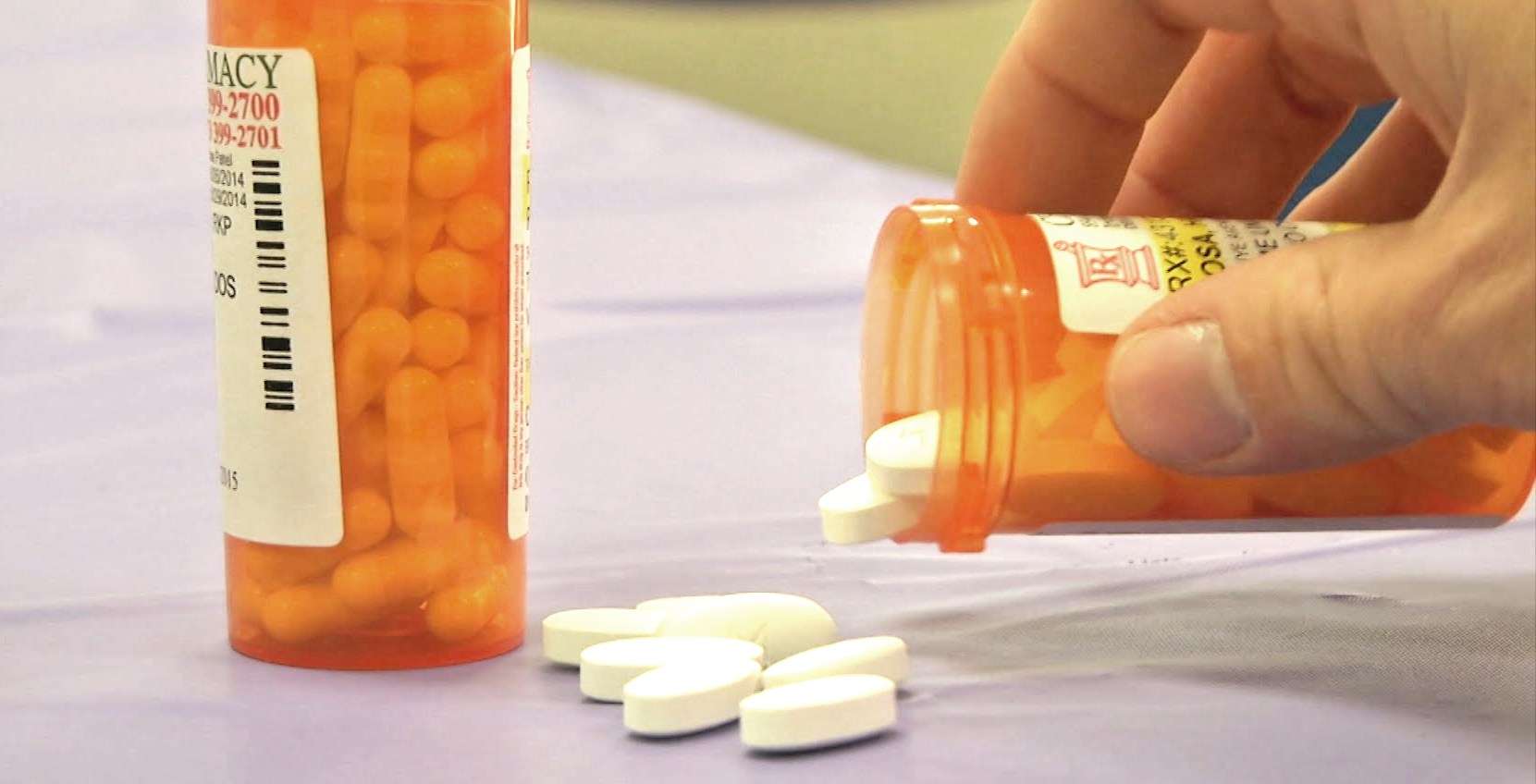How Are Behavioral Therapies Used To Treat Drug Addiction
Behavioral therapies help patients:
- modify their attitudes and behaviors related to drug use
- increase healthy life skills
- persist with other forms of treatment, such as medication
Patients can receive treatment in many different settings with various approaches.
Outpatient behavioral treatment includes a wide variety of programs for patients who visit a behavioral health counselor on a regular schedule. Most of the programs involve individual or group drug counseling, or both. These programs typically offer forms of behavioral therapy such as:
- cognitive-behavioral therapy, which helps patients recognize, avoid, and cope with the situations in which they are most likely to use drugs
- multidimensional family therapydeveloped for adolescents with drug abuse problems as well as their familieswhich addresses a range of influences on their drug abuse patterns and is designed to improve overall family functioning
- motivational interviewing, which makes the most of people’s readiness to change their behavior and enter treatment
- motivational incentives , which uses positive reinforcement to encourage abstinence from drugs
How To Treat Opioid Dependence
- Kate Pindera
- 14 Nov 2019
Given the dramatically negative impacts that opioid addiction has on users and their loved ones, it is important that you seek to remove this addiction from your life as quickly as possible. Whether a patient has fallen into opioid dependence from the prolonged use or abuse of prescription medication or through the ingestion of illegal narcotics, the process of weaning these substances out of your life is the same.
However, this is easier said than done. Opiates are some of the most strongly addictive substances in the world and ridding them from your life takes time, dedication, perseverance, as well as the trained support of professional drug rehab services in Toronto. While the propensity to relapse is strong with opiate dependence, there are effective ways of treating this condition that will allow you to kick the habit for good.
Lets look at some of the best ways to treat opioid dependence so that you can break the cycle of addiction and work towards restoring your health:
Opioid Addiction Help: What Treatment Includes And What To Expect
Reviewed by Michael Espelin APRN
Even though opioids do have a vital role to play in the reduction of pain, especially in cases where a patient has undergone surgery or suffers from a condition like cancer, addiction to these drugs is becoming a global concern. A number of opioid lawsuits against manufacturers, who tried to hide the risks from these drugs, have risen recently. Statistics show that over two million people in the United States abuse heroin or prescription opioids each year. Worldwide, this figure is estimated to reach about 15 million. This epidemic is contributing to at least 33,000 deaths each year. In fact, opioids alone contribute to more than 50% of deaths caused by drug overdoses and these statistics account only for the United States. Opioid treatment for addicts is available, and individuals are advised to consider these options if they are having difficulty overcoming this substance abuse disorder.
Don’t Miss: How To Get Out Of Drug Addiction
How Long Does Opioid Rehabilitation Last
The opioid epidemic has led to several recommendations regarding rehabilitation. While shorter periods were once considered effective, the risk of relapse is something that rehabilitation facilities need to take into account, as well as the person who is suffering from opioid addiction and dependence issues.
Limited effectiveness has been observed in rehabilitation that lasts for a period that is shorter than 90 days. This means patients who are undergoing treatment at one of the opioid rehab centers should consider a longer-lasting program in order to assure the success of the therapy.
When opioid replacement therapy is utilized, then it is important for the patient to undergo residential treatment and obtain access to a supportive aftercare system as well. In these cases, qualified rehab may be required for a period of up to 12 months. The specific period during which the person will be treated for their addiction does depend on the severity of the dependency that has developed.
How Should You Respond To An Opioid Overdose

If you think someone may be experiencing an opioid overdose, take the following actions immediately:
If You Get Little or No Response
If lightly tapping, shaking, and shouting at the person or rubbing your knuckles on the personâs breastbone do not elicit a response , take the following actions:
Read Also: How To Help Someone Recovering From Addiction
To Stop Deadly Overdoses ‘the Opioid Fix’ Urges Better Use Of Tools We Already Have
Jameson didn’t even get that, Suzanne says. At McLeod Regional, he was not seen by a psychiatrist or addiction specialist and did not get a prescription for Suboxone or even a referral, she says.
After Jameson’s death, Suzanne wrote to the hospital, “Can you explain to me, especially with the drug crisis in this country, how the ER was not equipped with personnel and/or any follow-up for treatment?”
Hospital administrator Will McLeod responded in a letter to Suzanne that per Jameson’s medical record, he had been evaluated appropriately and that his withdrawal symptoms had been treated. Jameson declined to be admitted to the hospital, the letter said, and could not be involuntarily committed, as he “was not an imminent danger to himself or others.”
“Had he been admitted to our hospital that day, he would have been assigned to social workers and case managers who could have assisted with referrals, support, and follow-up treatment,” McLeod wrote.
Nationwide, hospitals are working to ramp up the availability of addiction services in the ER. In South Carolina, a state-funded program through the Medical University of South Carolina and the consulting firm Mosaic Group aims to help hospitals create a standardized system to screen patients for addiction, employ individuals who are in recovery to work with those patients and offer medication for opioid use disorder in the ER.
How Many People Get Treatment For Drug Addiction
According to SAMHSA’s National Survey on Drug Use and Health, 22.5 million people aged 12 or older needed treatment for an illicit* drug or alcohol use problem in 2014. Only 4.2 million received any substance use treatment in the same year. Of these, about 2.6 million people received treatment at specialty treatment programs .
*The term “illicit” refers to the use of illegal drugs, including marijuana according to federal law, and misuse of prescription medications.
You May Like: How Do I Know If I Am Addicted To Food
Addressing Myths About Medications
Methadone and buprenorphine DO NOT substitute one addiction for another. When someone is treated for an opioid addiction, the dosage of medication used does not get them highit helps reduce opioid cravings and withdrawal. These medications restore balance to the brain circuits affected by addiction, allowing the patients brain to heal while working toward recovery.
Diversion of buprenorphine is uncommon when it does occur it is primarily used for managing withdrawal.11,12 Diversion of prescription pain relievers, including oxycodone and hydrocodone, is far more common in 2014, buprenorphine made up less than 1 percent of all reported drugs diverted in the U.S.13
Recovery Is Possible: Treatment For Opioid Addiction
Addiction is a medical condition. Treatment can help. Recovery is possible.
Opioid addiction, also known as opioid use disorder , is a chronic and relapsing disease that can affect anyone. In fact, millions of Americans suffer from opioid addiction.
As with most other chronic diseases, addiction is treatable. If you or someone you know is struggling, treatment is available. While no single treatment method is right for everyone, recovery is possible, and help is available for opioid addiction.
Preventing overdose death and finding treatment options are the first steps to recovery. Treatment may save a life and can help people struggling with opioid addiction get their lives back on track by allowing them to counteract addictions powerful effects on their brain and behavior. The overall goal of treatment is to return people to productive functioning in their family, workplace, and community.
Opioid addiction treatment can vary depending the patients individual needs, occur in a variety of settings, take many different forms, and last for varying lengths of time.
Evidence-based approaches to treating opioid addiction include medications and combining medications with behavioral therapy. A recovery plan that includes medication for opioid addiction increases the chance of success.
SAMHSAs National Helpline is a great resource to share with someone who may have a substance use disorder.
Call 1-800-662-HELP .
You May Like: What Makes You An Addict
Can Drug Addiction Be Treated
Yes, but its not simple. Because addiction is a chronic disease, people cant simply stop using drugs for a few days and be cured. Most patients need long-term or repeated care to stop using completely and recover their lives.
Addiction treatment must help the person do the following:
- stop using drugs
- be productive in the family, at work, and in society
Tips For Cutting Down
Many people who develop opioid addiction want to cut down and reduce the problems associated with use rather than quit altogether. Eventually, most learn about their need to stop completely. Deciding how to start the processgradually or abruptlyis something each person should work out or discuss with the help of a clinician.
Read Also: How To Tell If You Are Addicted
What Are Treatments For Drug Addiction
There are many options that have been successful in treating drug addiction, including:
- behavioral counseling
- medical devices and applications used to treat withdrawal symptoms or deliver skills training
- evaluation and treatment for co-occurring mental health issues such as depression and anxiety
- long-term follow-up to prevent relapse
A range of care with a tailored treatment program and follow-up options can be crucial to success. Treatment should include both medical and mental health services as needed. Follow-up care may include community- or family-based recovery support systems.
How Can A Patient Receive Methadone

By law, only a SAMHSA-certified treatment program can dispense methadone for the treatment of OUD. Patients taking methadone to treat OUD must receive the medication under the supervision of a practitioner. After a period of stability , patients may be allowed to take methadone at home between program visits.
The length of time a person receives methadone treatment varies. According to the National Institute on Drug Abuse publication Principles of Drug Addiction Treatment: A Research-Based Guide 2012 , the length of methadone treatment should be a minimum of 12 months. Some patients may require long-term maintenance. Patients must work with their MAT practitioner to gradually reduce their methadone dosage to prevent withdrawal.
You May Like: How To Stop Nose Spray Addiction
Know What Opioid Dependence Looks Like
To know whether you or someone you care about is suffering from opioid dependence, it is important to be able to spot the symptoms of this condition. If you are trying to assess whether you are dependent on opioids, take an honest look at your use of these substances and determine if you regularly take more opioids than you intend to. Perhaps you have increased your usage over time and have been unable to decrease the amount of these substances that you use. Perhaps you have strong cravings for opioids or you spend a lot of time thinking about when you will be able to take these substances next.
You likely have a serious opioid dependency problem if you continue to take opioids after you have noticed that your work or social life is suffering due to your taking of these substances. If your physical or mental health is declining as a result of your opioid use, then it is time to seek help from a drug rehab centre in Toronto.
Preventing Opioid Use Disorder
Older adolescents and young adults are at the highest risk for opioid initiation, misuse, OUD, and overdose fatality. A series of studies will develop and test strategies for preventing opioid misuse and addiction in at-risk older adolescents and young adults in a variety of health care settings. The studies will build on research models that have successfully addressed alcohol consumption in this population.
You May Like: How Can You Help Someone With Drug Addiction
Reaching Patients In Need
The emergency department provides a prime opportunity to screen patients for opioid use disorder and initiate MAT. Patients who initiate MAT in the ED are more than twice as likely to remain engaged in treatment compared to patients referred for treatment. Read the JAMA article – Emergency DepartmentInitiated Buprenorphine/Naloxone Treatment for Opioid Dependence
A recent study found treatment with extended-release naltrexone reduced relapse rates among criminal justice involved adults with a history of opioid dependence. Read the NEJM article Extended-Release Naltrexone to Prevent Opioid Relapse in Criminal Justice Offenders.
Opioid Addiction Is ‘a Disease Of Isolation’ So Pandemic Puts Recovery At Risk
But “nonprofits are actually doing less charity care than for-profits,” says Ge Bai, an associate professor at Johns Hopkins University who on the level of charity care provided by different hospitals.
That discrepancy exists in part because nonprofit hospitals have wide leeway in determining who qualifies, and often don’t tell patients they may be eligible, despite federal requirements that they “widely publicize” their financial assistance policies, including on billing statements and in “conspicuous public displays” in the hospital. One study found that only 50% of hospitals regularly notified patients about eligibility for charity care before initiating debt collection.
McLeod Regional’s most recent publicly available tax return states that “uninsured patients are screened at the time of registration” and if they’re unable to pay and ineligible for governmental insurance, they’re given an application.
Suzanne says she doesn’t remember Jameson receiving an application or receiving one herself. The hospital has declined to comment on the Rybaks’ case and whether it provides “conspicuous public displays” of financial assistance.
“Not once did anybody tell us, ‘Let’s get a financial person down here,’ or ‘There are grant programs,’ ” Suzanne says.
Believing they couldn’t afford in-patient admission, the Rybaks left the hospital that night.
Recommended Reading: How To Overcome Gaming Addiction
Opioid Crisis In America
The opioid addiction crisis in the United States is one of the most significant public health emergencies in this generation. Opioids are a class of drugs that include fentanyl which the Centers for Disease Control and Prevention has classified as the most commonly used drug in overdoses, the illegal drug heroin and pain relievers available legally by prescription, such as oxycodone , hydrocodone , codeine, morphine and others.
With its hospital-wide dedication to opioid addiction eradication, supported by a full-service Behavioral Health Services and Addiction Treatment Services, Denver Health is working in partnership with the City of Denver on a five-year plan to directly confront this national health challenge.
Denver Health joins the City of Denver alongside more than 100 governmental agencies and community organizations in its Opioid Response Strategic Plan, designed to:
- Prevent Substance Abuse and Misuse
- Improve Treatment Access and Retention
- Reduce Harm
Read more on Denver Health and its partnership with the City of Denvers strategic plan.
Opioid Use Disorder Symptoms
Knowing the signs of an opioid use disorder can help you determine if you or someone you care about may need additional help. For someone to be diagnosed with an opioid use disorder, at least two of the following symptoms must be present over a 12-month period:
-
You take more opioids over time, or take more than you intended.
-
You feel you need to stop or cut down how much you use, but you cant.
-
You experience cravings, or a strong desire to use opioids.
-
You cant meet goals or fulfill responsibilities with life roles such as in relationships, at work, or in school.
-
You keep using opioids, even though you have negative consequences from them.
-
You use opioids in situations that are risky or dangerous .
-
You have tolerance of opioids.
-
You experience withdrawal symptoms when you stop taking them.
-
You spend long amounts of time using opioids.
-
You keep using them despite physical or mental health problems.
Its important to talk to a doctor or other healthcare professional, like a therapist who specializes in addiction, if you are experiencing any of the symptoms of an opioid use disorder.
You May Like: How To Get Over An Addiction
Sleep Dysfunction As A Core Feature Of Opioid Use Disorder And Recovery
The NIH HEAL Initiative will support research using genomic, molecular, pharmacological, and clinical approaches to better understand sleep and circadian factors relevant to addiction and how these factors influence one another. This research could open new avenues for therapeutic strategies, OUD prevention, and treatment approaches.
What Is Opioid Misuse

It is estimated that, of people who are prescribed opioids for chronic pain, between 21 and 29 percent misuse them.13 Prescription opioid misuse is when a person uses them in a way that they are not meant to be used. Examples of how individuals may misuse prescription opioids include:5
- Taking it through methods other than the prescribed method .
- Using it more often than prescribed.
- Taking it in larger doses than prescribed.
- Using it for reasons other than the prescribed one.
- Using it without ones own valid prescription.
- Taking it with alcohol, illicit drugs, or some other medications
Misuse of Actiq may increase the risk of side effects. Possible side effects include confusion, nausea, drowsiness, constipation, anxiety, problems breathing, and dizziness. Serious side effects may include respiratory depression, low blood pressure, impaired blood circulation, and shock. Actiq use can be deadly.1 Signs of an overdose can include sleepiness, confusion, dizziness, small pupils, slow and shallow breathing, and stopped breathing.16 If you think you or someone else may have overdosed on Actiq or another drug, call 911 immediately.
Individuals who regularly use Actiq, even if taking as prescribed, can develop tolerance and dependence.
Don’t Miss: Is Nicotine More Addictive Than Heroin
